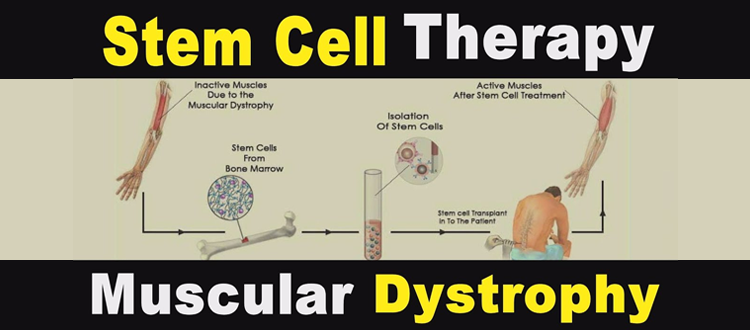It started with a study on young boys and their increasing weakness on the muscles by Sir Charles Bell. Muscular dystrophy is a group of primary skeletal muscle diseases caused by genetic factors. Detection in early of muscle dystrophy surfaced 1830. The main clinical manifestations of the disease are slow progressive muscle atrophy, muscle weakness and different levels of movement disorders. Among various types of muscular dystrophy, Duchenne (DMD) has the highest incidence, with one out of 3,600 patients being afflicted by DMD.
In recent years, the research results show that mesenchymal stem cells can be induced to differentiate into muscle cells in vitro. In 1998, it was the first time to prove that bone marrow derived cells were able to replenish the damaged muscle from the circulation and participation in the repair of muscle, which provides a theoretical basis for the spinal cord injury treatment. In addition of self renewal and proliferation, mesenchymal stem cells also have controlled yet large differential potential and low immunity, and is an ideal stem cell transplantation cell type in the treatment of progressive muscular dystrophy.
DMD is serious; people are often disabled in their early years and DMD can lead to death. DMD is the most representative disease of hereditary muscular dystrophy. Skeletal muscle is one of the most abundant tissues in the human body and is also the main catalyst of movement, containing a large number of mature muscle cells that can differentiate into myoblast. Myoblast can merge with each other to become multinucleated muscle fibers and is the formation of the basic structure of skeletal muscle. Because genetic factors of DMD patients cause morphological and structural abnormalities of muscle cells, muscle cell damage, irreversible necrosis or even disappearance of muscle fibers, which leads to muscle atrophy, decreasing muscle stem cells, and the inability to repair damaged muscle tissue.
This forms a vicious spiral. Finally, patients with systemic muscle atrophy typically die due to respiratory failure or heart failure. When a group of disorders present at birth most likely due to a malfunction of a single gene, interferes with muscle veracity, the condition that develops is called muscular dystrophy. It is the result of inaccurate coding by the dystrophin gene that provides the protein code needed for muscle tissue formation. Muscle weakness is generally caused when the cells that are used to sustain the muscles are no longer capable for their functionality. This furthermore leads to increasing weak points of the muscles and its disorder.
Stem cell therapy has led to a revolution in the world of medicine. With the deepening of research, it is found that stem cell therapy has an incomparable advantage comparing to the past routine of medical treatment.
If stem cells are implanted in the muscle of muscular dystrophy patients, the development and differentiation of the formation of new healthy muscle fibers will replace the original atrophy of muscle fibers, and then the patient’s muscle is likely to regain strength. In recent years, applications of stem cell treatment in ischemic heart disease, ischemic lower limb vascular disease, osteonecrosis of femoral head (ONFH), spinal cord injury and other serious diseases has a remarkable curative effect. Whether stem cells can be used to replenish and repair the damaged muscle cells has become an outstanding subject.
Stem cell cure India is one of the leading centres which can help to with spinal cord injury treatment in India. The centre is one of the leading and the top most ranked in Delhi. With the best facilities and stem cell supplements for our patients stem cell cure has always made the health of it’s patients top it’s priority list.
